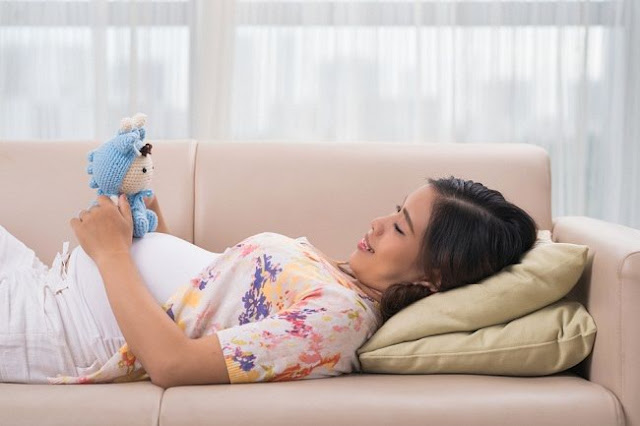Women's Uterine Disorders and Their Impacts
A woman's womb is shaped like a pear with an average length of 7.5 cm, width 5 cm, and a depth of 2.5 cm. However, there are times when a woman's uterus has an inappropriate shape. Abnormalities in the shape of a woman's uterus can affect fertility and there is also nothing to worry about.
The female uterus is a reproductive organ of women that is located in the pelvic cavity. The uterus is connected to two fallopian tubes (fallopian tubes) at the top and the vagina at the bottom. The lower end of the uterus that enters the vaginal cavity is called
A woman's uterus has three layers, namely the outer layer (perimetrium), the middle layer (myometrium), and the inner layer (endometrium). The inner lining of the uterus, or the endometrium, will be the place where the fetus and placenta will attach to the time of delivery.
Various Uterine Disorders
Some women have abnormal uterine shapes. These uterine abnormalities can take a variety of forms, from the uterus which has only one fallopian tube, to the cavities in the uterus which are divided by muscle walls (septum). Various forms of uterine abnormalities often make women worry, whether they can conceive and have children or not. The following are various uterine deformities that you need to know, and their impact on pregnancy:Uterine arcuate
At first glance, a woman's uterus in this condition looks normal. The difference is, there is a slight curve at the top of the uterus. Abnormalities of a woman's uterus is usually a pregnancy can still occur.
Bicornuate uterus
In this disorder, a woman's uterus is not shaped like a pear, but rather like a heart with a deep curve at the top. Because of its shape, this disorder is often also referred to as a uterus with two horns. Bicornuate uterus does not affect fertility, but the risk of miscarriage and premature birth is higher if the woman is pregnant with this type of uterus.
Unicornate uterus
This condition occurs when a woman's uterus is only half the normal size and has one fallopian tube. This disorder, also called the uterus with a single horn, is caused by the tissue that forms the uterus that is not developing properly. In unicornuate uterus, the number of ovaries is the same as usual (two), but only one will be connected to the uterus. Women can conceive if they have this type of uterus, but the risk of miscarriage will be greater.
Uterus was called
This is a condition in which a woman's uterus has two inner cavities, two cervix, and two vaginas. Women with multiple uterus are able to get pregnant and give birth, but sometimes are vulnerable to infertility, miscarriage, premature delivery, and kidney deformities.
Uterine septate
This is a condition where the inside of a woman's uterus is divided by muscle walls or fibrous connective tissue (septum). The septum can even extend into the uterus (partial septum) or cervix (complete septum). Partial septum is more common than complete septum. Uterine septate can make sufferers difficult to get pregnant and increase the risk of miscarriage.
Uterine agenesis
Uterine agenesis or Mayer-Rokitansky-Küster-Hauser syndrome (MRKH) is very rare. This uterine abnormality causes the vagina and uterus not to form properly, are small in size, to nothing at all. One sign of MRKH is not getting menstruation even though it has reached 16 years of age. Women with this condition will generally have difficulty getting pregnant because the condition of the uterus is not ideal for fetal growth.




Comments
Post a Comment